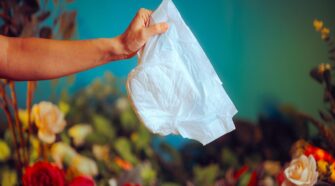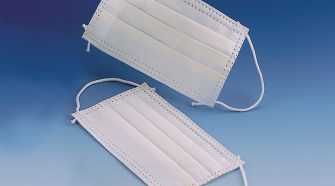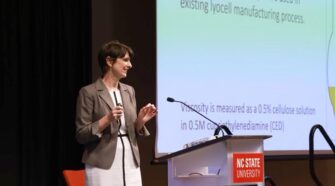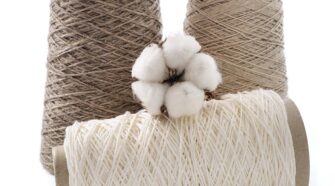
A Multi-Generational Look at Plastics & Polymers
Consumers Are Ready for Change as Industry Hammers Out the Details We are living in the exciting third generation of plastics and polymers. The first generation was the dawn of …

A Shared Vision – Driven Towards a Collaborative Approach in the Value Chain
Techtextil North America 2024 Offered Insights on Innovations, Challenges and Opportunities within the Industry Techtextil North America 2024 (TTNA), August 20-22 in Raleigh, North Carolina included a full slate of …

Prognostication on Nonwovens in the Coming Year
One is often asked as a new year begins, what do you see on the horizon for the coming year? At INDA, the Association of the Nonwoven Fabrics industry, we …

Sustainable and Circular Fiber and Fabric Options
In September 27-28, 2022, INDA, The Nonwoven Fabrics Association, held the RISE® Research, Innovation & Science for Engineered Fabrics Conference at North Carolina State University. Much of the conference focus …

Fiber Machinery and Equipment
What is yarn spinning and what equipment is needed to prepare the fiber? Textile fibers can be manmade or naturally derived. Natural fibers are cellulose-based, protein-based, or mineral-based while manmade …

